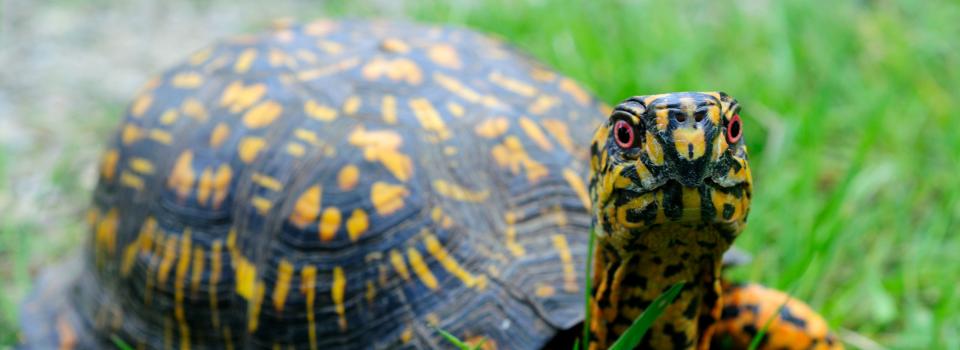RCN PHASE 2; PROJECT 1 TURTLES; JOB 1 SPOTTED TURTLE CONSERVATION
Job (1) Spotted Turtle Conservation Genetics & Expanded Conservation Planning will expand and capitalize upon a recently funded Competitive State Wildlife Grant (CSWG) to develop a Conservation Plan for the Spotted Turtle (Clemmys guttata). Multiple state partners from across the range of this species will be conducting standardized population assessments from 2018 to 2020...















